Cultural icon used to mark identity provides an insight into history and tradition, Wang Xin reports in Shanghai.
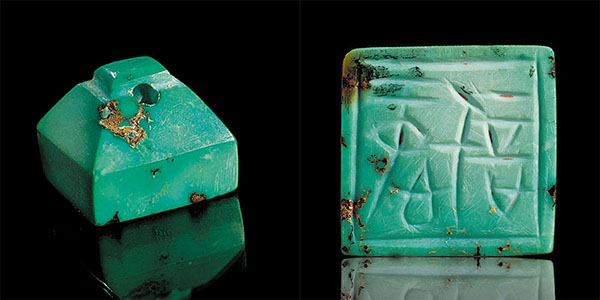
Kazunori Matsumura, a Japanese researcher specializing in ancient Chinese sealing clay, was excited and felt at home in China with his fellow academics from across East Asia last month.
He was participating in a seminar hosted by the Center for Research on Chinese Excavated Classics and Paleography at Fudan University in Shanghai on Sept 28 and 29, where dozens of scholars and collectors from China, Japan and South Korea gathered to share their latest collections and research results on ancient Chinese seals.
Archaeological excavations have shown that seals have been used in China since the later period of the Shang Dynasty (c. 16th century-11th century BC) and were commonly used in many ancient civilizations in Eurasia.
Over the 3,000 years since then, seals have continuously transformed into unique forms with special functions, as they evidenced social, political, economic and cultural activities in ancient East Asia.
Currently, seals as a credential tool are still widely used in daily life and play an important role in East Asian countries and regions.
For researchers and collectors, ancient seals generally refer to official and private seals in daily use. But the research examines not just seals but also sealing clay and pottery inscriptions.
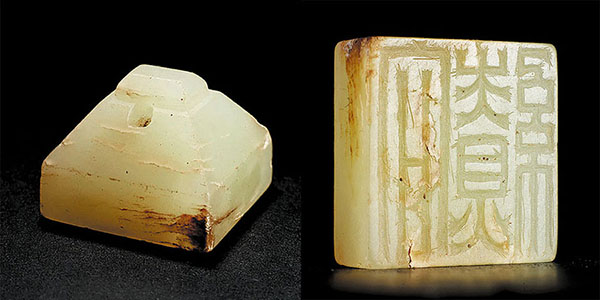
Specifically, the seal refers to the original seal, while sealing clay refers to the clay used to cover the sealed property, just like stamped wax on an envelope, while pottery texts refer in many cases to the pottery imprinted with seals.
All of them are of significant value in paleographic and philological researches.
Moreover, as seals usually recorded various historical information, such as personal names, clan emblems, and names of officials and places, they are also particularly valued as important sources for research on history, geography, ethnicity, ideology and cultures.
In addition to academic values, seals have high artistic value as well.
ALSO READ: Time-traveling via museums echoes sounds of history
The seals' knobs come in diverse forms and shapes and are regarded as art, and the character structure, stroke arrangement and layout decoration on the tiny square have often inspired calligraphy and graphic design.
Matsumura, who started studying sealing clay in 1987, was actually first captivated by calligraphy. However, instead of writing calligraphy, he found himself more interested in research on calligraphy, and then became fascinated by ancient Chinese writings, such as xiaozhuan (small seal script) and lishu (clerical script).

"I learned from my teacher, who was a researcher at the Tokyo National Museum, that few people in Japan were studying sealing clay and pottery texts," Matsumura recalls. "I was interested in the calligraphy and would like to take up the challenge that few people had made before."
He adds that he felt like he was coming back home at the inspiring seminar with many Chinese experts in this field.
Apart from research papers, Matsumura has been making another major contribution to ancient Chinese seal research in East Asia, together with another scholar, Liu Haiyu, from the Institute of Cultural Heritage at Shandong University.
Liu is also a guest professor at Iwate University in Japan, where he has worked since 2012. During his stay in Japan, he started an investigation on the ancient Chinese seals kept in the country, roughly 15,000 pieces.
Liu says that he has a sense of "national sentiment" that has been constantly motivating his investigation.
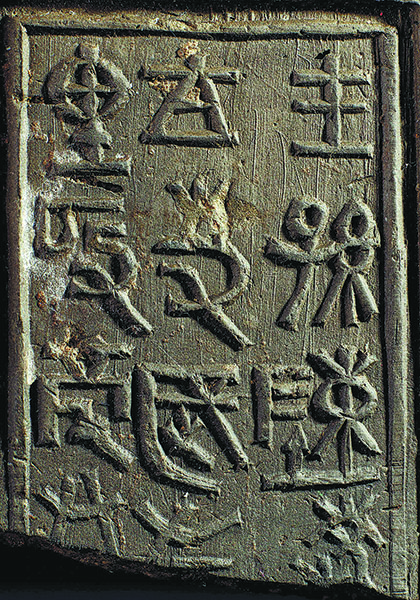
"Ancient Chinese seals are our cultural treasures. Chinese researchers were not able to see and use these original materials (Chinese seals) in Japan in the past," Liu explains, referring to the Chinese seals traded or brought to Japan, which are now mostly kept in private galleries or collectors' homes.
"But with our investigation, we can publish our research content to share with scholars from across the world. Chinese and Japanese cultures have similar roots in many aspects, and seal carving is very popular in Japan," Liu says.
ALSO READ: Heritage provides blueprint for future
"We researchers, seal engravers, collectors and publishers can join together to make our traditional Chinese culture shine brighter."
This echoes with the theme of the seminar, which aims to bring together various parties in the sector to promote cultural exchanges.
Sun Weizu, a research fellow with Shanghai Museum and vice-president of the Xiling Seal Engravers' Society, was among the representatives at the seminar.
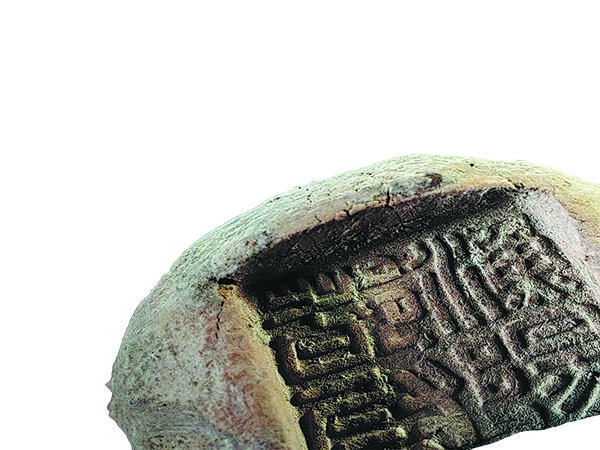
"We used to see high thresholds of the collection and research on ancient seals, but in recent decades, we have witnessed the participation of the wider public in this sector, thanks to the growing economy and people's passion for traditional Chinese culture," Sun says.
In the last 40 years, there have been more ancient seals discovered and publicized than ever, according to Sun.
"In particular, private collectors have made remarkable contributions to new original materials (seals) publication and further research," he adds.
More such gatherings are needed to push forward the protection of Chinese cultural heritage, Sun says.
During the seminar, a two-volume book of ancient Chinese seals, sealing clay and pottery texts was released.
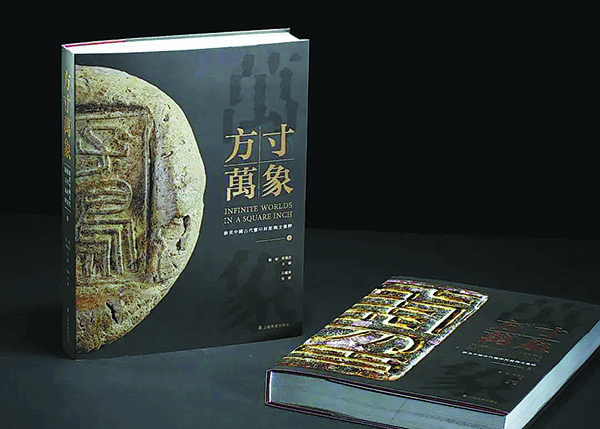
In the two-volume book, Infinite Worlds in a Square Inch, a total of 368 pieces of original materials, including seals made of bronze, gold, silver and jade, as well as sealing clays and pottery texts, ranging from the late Shang Dynasty to the time of the Southern and Northern Dynasties (420-581).
ALSO READ: Creations exhibit harmony with tradition
"One highlight of the two-volume book is the unprecedented high-definition and minute details of the ancient seals," says Xu Xiongzhi, chief editor of the two-volume book, who's also the director of China Calligraphers Association and deputy secretary-general of the Xiling Seal Engravers' Society.
"It will help the engravers learn more about the techniques and gain wisdom from the ancient Chinese craftsmen," Xu adds.
Liu Zhao, another chief editor of the two-volume book and head of the Center for Research on Chinese Excavated Classics and Paleography of Fudan University, notes that the seminar and the two-volume book will benefit academia, calligraphers and engravers, as well as help promote the research on ancient Chinese seals, cultures and arts regardless of national boundaries.


